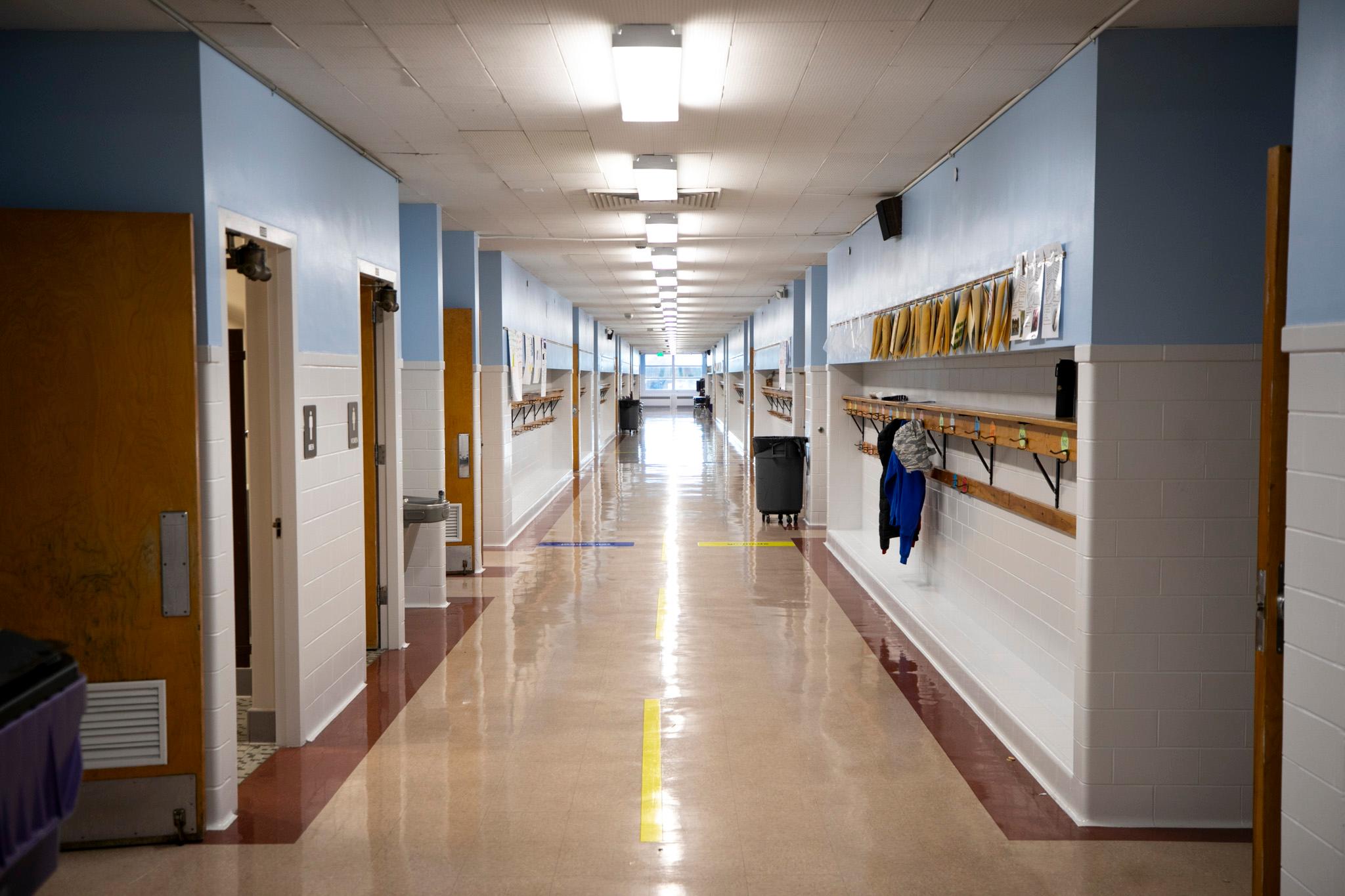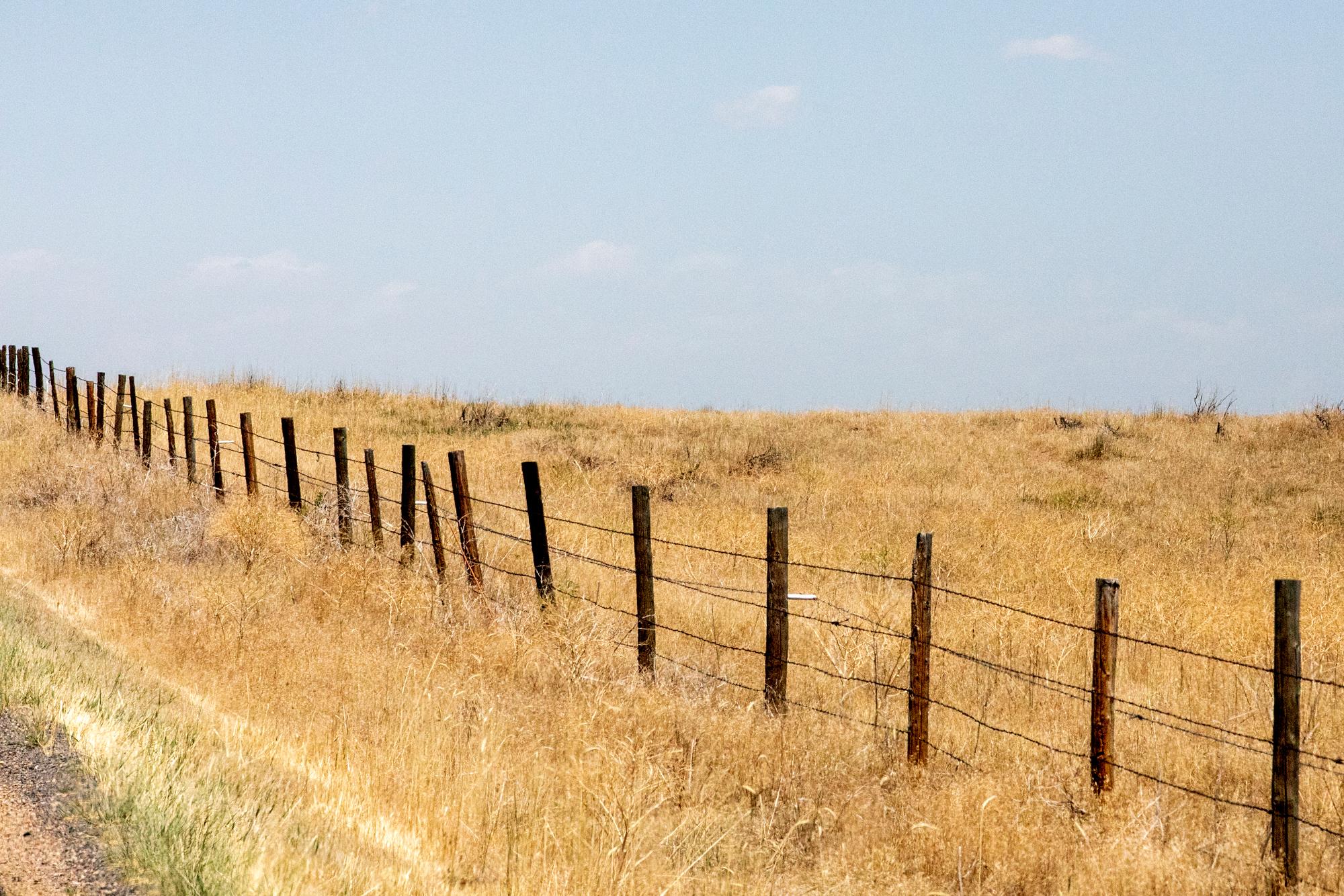
After years of discussions and legislative plans to reform school funding in Colorado, the state finally has a price tag on what it takes to provide students with a high-quality education.
Two state-commissioned studies released Friday detail the resources needed for all students, teachers, schools and districts to meet state standards and requirements, and what those resources might cost. Each report, both of which were commissioned by lawmakers, took a different philosophical approach to the question.
One focused on “output,” taking a numbers-based approach that looked at statistical models from current academic data. The other is on “input,” a more people-based understanding that incorporated research on things like class size and best practices, existing requirements placed on students and teachers and information from a statewide survey.
Despite the different approaches used by the studies, they both came to about the same conclusion about what Colorado would have to spend to get its schools fully up to speed: somewhere around $4 billion more than it does currently.
Now, with both studies in hand, lawmakers have detailed roadmaps to meet the standards they’ve set for schools and students.
Tracie Rainey, executive Director of the Colorado School Finance Project, which worked on the input study, puts it this way.
“If you're gonna go out and build a building, you're gonna get a blueprint done and a cost analysis done to figure out if you can build what you want to build,” she said. “We've created an education system and put expectations in place, but we had never done the cost analysis.”
Rainey said the studies address that gap, but now the real work will begin and a lot of it will involve tax policy.
“How do we use that to help us get to putting these people or programs in place in order for students to have the opportunity to be more successful?” she said. She also pointed out that the different ideologies used in each study still found similar outcomes in terms of what Colorado schools need to succeed.
Rainey said the pressure is on legislators over what they are willing to do to make Colorado’s education system competitive in per-pupil funding and teacher salaries. Colorado currently spends an average of $11,317 per pupil, placing it in the bottom tier of states for education funding.
Lisa Weil, executive director of Great Education Colorado who was on the task force that set requirements for the two studies, calls their release a big deal for the future of education funding.
“We finally have this information about what it would take, what resources are necessary to make it possible for all our students to meet standards,” Weil said. “This is the opportunity for us to create a Colorado's blueprint for student success.”
Colorado already has taken steps to increase school funding, including finally catching up from chronic underfunding that started during the Great Recession and an impending overhaul in the state’s three-decades-old school funding formula.
On Thursday, Gov. Jared Polis updated his plan for the 2025-26 state budget and asked for $150 million to put the new funding formula into place. It’s $35 million more than the first draft of Polis’ proposed budget.
Commissioner of the Colorado Department of Education Susana Córdova said in a statement that the department appreciated the comprehensive work on the two independent studies.
“The studies contain recommendations for increased funding, highlighting the challenges our schools face in providing every student — especially those with the greatest needs — the opportunities they deserve to thrive,” the statement said. “The studies also note the funding challenges that Colorado districts face with recruiting and retaining teachers as well as other location-based factors that impact school districts in Colorado.”
The output study was conducted by the American Institutes for Research and the input study by Augenblick, Palaich and Associates, Inc., in partnership with Picus, Odden & Associates, Afton Partners and the Colorado School Finance Project.
The reports have been submitted to the Colorado legislature which starts its new session next week.
Weil with Great Education Colorado stresses the opportunity that the studies’ conclusions create.
“That's one thing that in reading the executive summaries is really clear,” she said. “We are inadequately funding our schools. We are inadequately paying our teachers. This opportunity to say Colorado can live its values and we now know what it takes to meet the needs of our students, so let's get it done.”









